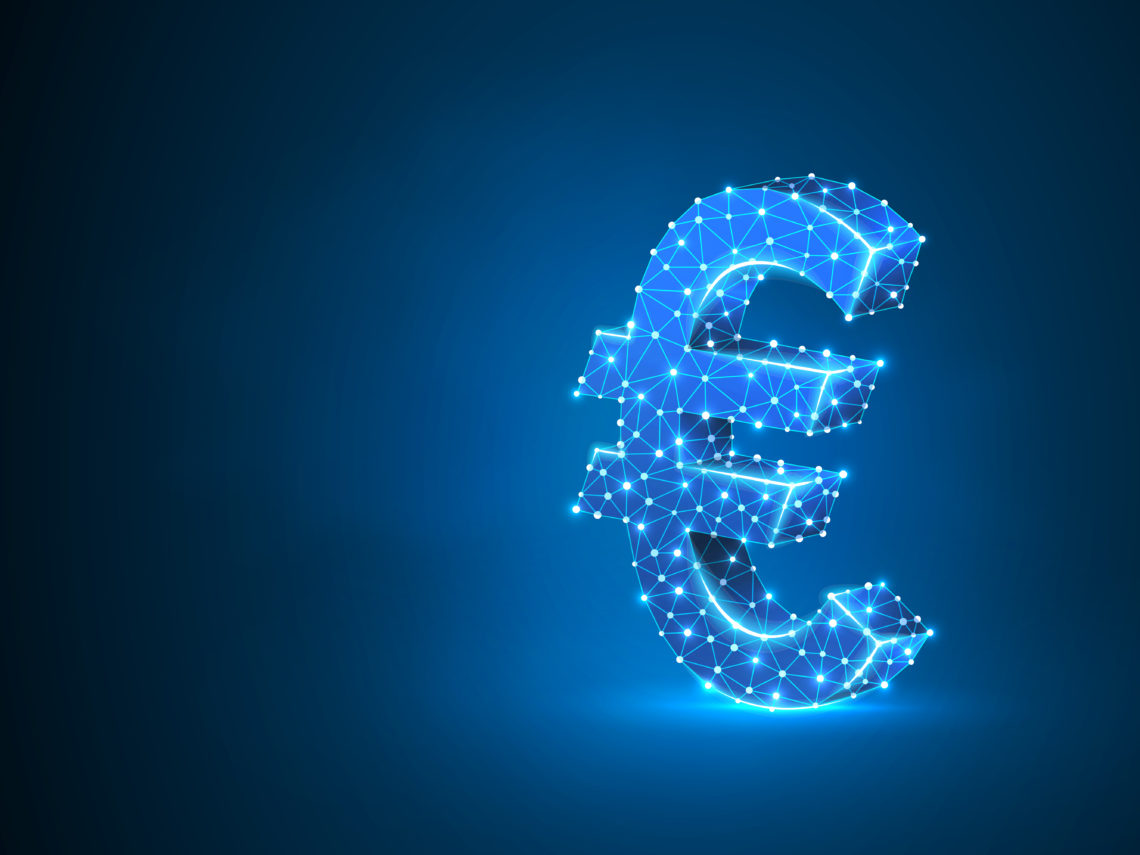2021-12-16 16:30 |
As you might recall, the June 2019 announcement by Facebook (now Meta) that it was launching its own stablecoin, Libra, served as a wake-up call for many central banks around the world.
Many of these central banks were initially hesitant, or even somewhat reluctant, towards the idea of issuing their own central bank digital currency (CBDC). But the possibility that a stablecoin issued by a powerful Big Tech with billions of users might compete with fiat currencies at some point was enough to reignite their interest in CBDC.
Of course, China’s quick and decisive push for its own homegrown CBDC also played a key role in making other governments and central banks reconsider their erstwhile rigid approach.
The European Central Bank (ECB) undertook a similar shift in policy and approach in late 2019 that resulted in the formation of a High-Level Task Force on CBDC. The Task Force submitted its first digital euro report in Oct. 2020.
Digital euro: The road aheadEurope is already working on embracing blockchain technology and its offshoots including digital currencies on an official level. Digitizing the euro and creating a robust regulatory framework is among the first steps towards that.
The ECB has gone on record saying that at a time when digital assets are gaining traction worldwide, it is necessary to ensure that the population has easy access to safe money.
If the ECB can stick to its current roadmap, odds are high that the development and distribution of the digital euro will be completed sometime in 2024. While the details have still not come out fully in the public domain, the digital euro will likely be designed as a means of payment rather than a store-of-value asset such as Bitcoin.
The digital euro, once it is available to the masses, is expected to serve as a balancing force to the following scenarios:
Rising demand for electronic payments options.A shart drop in demand for cash, especially in the post-COVID era.The launch of digital currencies by Big Tech (which could gain mass popularity worldwide because of the reach of these companies).Mass issuance of national currencies in digital form by other central banks. The challengesWhile the ECB is keen on issuing a CBDC to keep up with the changing dynamics in the world economy and the global fintech industry, it appears that the vast majority in the region are still hesitant towards adopting the digital avatar of the euro.
For example, a study shows that only 13% in Germany are in favor of ECB issuing the digital euro while almost 56% were against it. And it’s not just about the digital euro. The vast majority of the region’s population is lagging far behind when it comes to embracing digital currencies.
Yes, Europe has seen a heightened level of crypto-related activities in recent months. According to data from Chainalysis, countries in central, northern, and western Europe (CNWE) accounted for 25% of all global cryptocurrency activity since mid-2020.
However, it is important to note that a small number of crypto whales were behind most of these activities (read: transactions). On the contrary, cryptocurrency holders in Europe accounted for less than 5% of the total population. Therefore, Europe is clearly lagging behind much of the developed world in terms of crypto adoption.
EuroSwap EDEX: A possible solutionThe commonly held view is that one of the underlying reasons why Europeans, in general, are not cozying up to the crypto economy, or for that matter, the yet-to-launch digital euro, is the lack of awareness about the asset class.
EuroSwap, a fast-emerging decentralized cryptocurrency trading platform in Europe, believes that the lack of understanding of digital currencies both on conceptual and technological levels needs to be eradicated to allow the asset class a strong foothold in the region.
The team behind EuroSwap is fighting the misconception that blockchain and crypto technology is too complicated for everyday use. To lower the entry barrier, they have launched EuroSwap EDEX (European Deñentral Crypto Exchange).
EuroSwap EDEX aims to make it easy for EU residents to invest in and trade in digital currencies. The platform allows users to buy and sell cryptocurrency using the euro. The existing fiat-crypto gateway already makes the platform easy for even users with little-to-no prior exposure to cryptocurrencies.
To further boost the platform’s appeal, the EuroSwap team is negotiating with VISA to introduce a VISA-powered fiat-crypto gateway, which they say, will add more value to the overall security and user experience.
That way, the platform justifies its claim of being the bridge between crypto and euro.
So far, EuroSwap has completed the first stage of the project’s development. It is probably one of the few projects in the industry keeping its word on every step of progress.
Overall, EuroSwap EDEX indeed seems like a promising decentralized exchange (DEX) that could help boost crypto adoption in Europe.
If you are intrigued, visit the EuroSwap official website and whitepaper for further details.
Read BeInCrypto’s earlier coverage of EuroSwap and its homegrown EDEX token here.
EuroSwap on social media: Telegram | Twitter
The post European Crypto Integration: EuroSwaps’ Role in Smoothening Out the Road Ahead appeared first on BeInCrypto.
origin »Digital Rupees (DRS) íà Currencies.ru
|
|
